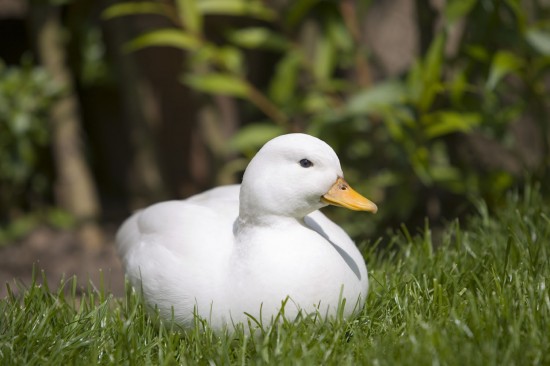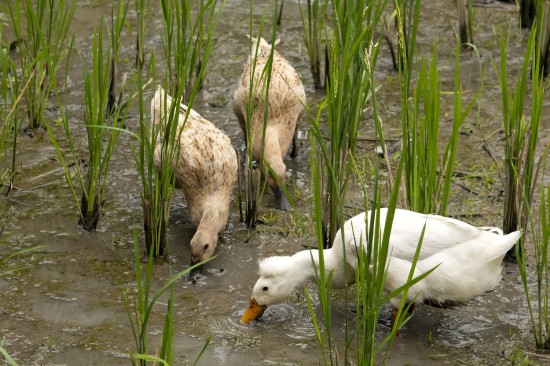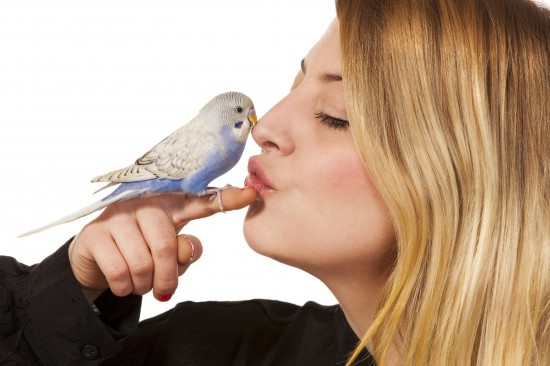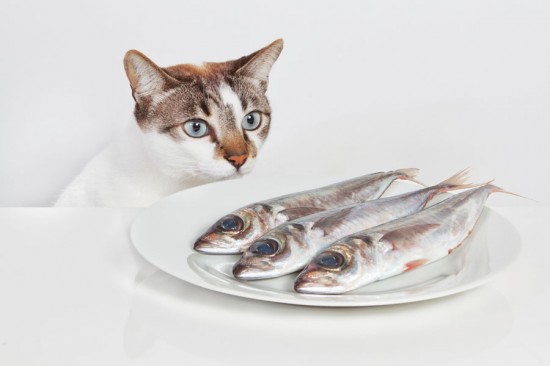


When it comes to looks, Bali ducks take a lot of beating. However, the lovely Aylesbury or the Rouen as well as the tiny and extremely noisy Call duck, all make wonderful pets to have running around a smallholding or large back garden. Duck breeds are categorised by their size, namely Heavy, Medium or Light weight and there are some charming, fun characters to keep as domestic pets. However, some are more popular than others and therefore easier to find.
Below are 3 popular and great looking domestic duck breeds that are commonly seen at pure bred duck shows as well as in people's back gardens!
Originally bred on the beautiful island of Bali which is found just east of Java, the Bali Duck are sometimes referred to as Balinese Crested Ducks or Crested Runner Ducks. They are very amusing ducks to watch with their upright carriage. However, they have a gene which is thought to be a “lethal” one which in short, means that if two ducks with the same bloodlines are allowed to breed, the eggs will not hatch and if they do, often the chicks are born with deformities. In order to prevent this from happening, Bali Ducks can be cross bred with a variety of Bali Duck that's does not have the pompom on its head or even with Indian Runners. The problem with doing this though, is their offspring may have the crest whereas others may not.
Bali Ducks are often seen at poultry shows and are known for being prolific egg layers, much like the Indian Runner Duck, their eggs are a blue/green in colour. Drakes can weigh in at around 2.3 kg whereas the female is usually quite a bit lighter, only weighing around 1.8 kg. When it comes to colours, Bali Ducks can be brown, white or wild Mallard.
These charming ducks come from America – they originate from the gorgeous region known as the Finger Lakes which is near to New York, and get their name from one of the lakes. It's thought the first time Cayuga Ducks appeared in the UK was in 1871, when a gentleman called J.K. Fowler imported some birds from the US. However, the ducks he imported back then were smaller than the ones we see today. It is thought, the original Cayuga was cross breed with Black East Indian Ducks in order to produce the gorgeous green sheen that's seen in today's lovely looking Cayuga Ducks.
It is the beautiful iridescent plumage of the breed that makes them so striking especially on a bright sunny day. Cayuga Ducks were also crossed with Aylesbury Ducks and Rouens to produce a larger bird. Today, both the American and British Cayuga Duck look pretty much the same with the breed having been first standardised in the States way back in 1874 but they were only standardised in the UK in 1901. Drakes can weigh up to 3.6 kg whereas females usually only weigh around 3.2 kg. Females tend to get patches of white feathers on their backs as they reach two years old which is normal for most duck breeds that boast a black plumage.
Cayuga Ducks are a great choice to keep because they are so beautiful looking, they add a touch of colour to any back garden. However, keeping ducks in a garden means you need to have plenty of space, because these lovely and often very amusing birds are notorious for spoiling lawns and destroying flower beds!
Sometimes referred to as “Decoy” ducks, the Call Duck is a fun little bird to have around, albeit they tend to be rather noisy. But with this said, if you need a few guard birds around the place, Call Ducks are great because they soon let you know when someone or something is going on. It is thought that Call Ducks originally came from Asia, and that they were first introduced into Holland where the Dutch bred them as Decoy Ducks. The breed soon made their way over the water to British shores where they were used to attract wild ducks during the duck hunting season.
Call Ducks are among the four breeds that were standardised in the UK way back in 1865 but for some reason were forgotten and left out of later editions only to reappear in 1954 being described as “ornamental ducks”. Then in 1971, two more varieties of Call Ducks appeared on the scene, namely the Mallard and White birds. However, more varieties were introduced ten years later which were the Blue Mallard (sometimes referred to as Blue Fawn), the Mallard Pied and the Silver. Later in 1997, even more appeared with lovely names and looks, namely Apricot Mallard, the Bibbed and the Magpie. Today there are over 17 varieties of Call Ducks and they are all very special looking little birds.
Although rather talkative, Call Ducks are great characters to have around although any close neighbours might not agree! It is far better to keep them where neighbours are a fair distance away so they are not disturbed by the birds. These little ducks are very sociable and mix well with other ducks and poultry but they do need access to water – even if it is a shallow bowl or two dotted around the garden. But be prepared, like all ducks, these little characters can make a lovely mess of lawns and flower beds!
Call Ducks are very good flyers so they will need their wing feathers trimmed to prevent them from flying away when you first get any. You only need to do one wing or if you prefer, you can keep them under netting. However, once they are settled in their home, they rarely fly off so they don't usually need clipping twice!
If you are an avid gardener and take great pride in your flower beds and lawn, then keeping ducks may not be an option, unless you can fence off an area to keep them in. Ducks are masters of turning lawns and flower beds into marshland due to their eagerness and quest to find earth worms. However, if you do want to keep some ducks, they are lovely pets to have in a back garden and are usually a constant source of amusement. As a bonus, if you like duck eggs, you'll have plenty to either bake with or to have as a delicious breakfast! Please visit our Ducks for sale page to see all Ducks currently available via our Pets4Homes website.
 Rat Terrier - A Relative Newcomer To The Terrier Group
Rat Terrier - A R
Rat Terrier - A Relative Newcomer To The Terrier Group
Rat Terrier - A R
 Learning How To Look After Pet Birds
Learning How To L
Learning How To Look After Pet Birds
Learning How To L
 The Symptoms Of Illness In Dogs
The Symptoms Of I
The Symptoms Of Illness In Dogs
The Symptoms Of I
 My Bones And Biscuits, Favorite Dog Treat Recipe
My blog topics are varied and I tend you be opinioned, e
My Bones And Biscuits, Favorite Dog Treat Recipe
My blog topics are varied and I tend you be opinioned, e
 Cats And Food Allergies
Cats And Food All
Cats And Food Allergies
Cats And Food All
Copyright © 2005-2016 Pet Information All Rights Reserved
Contact us: www162date@outlook.com